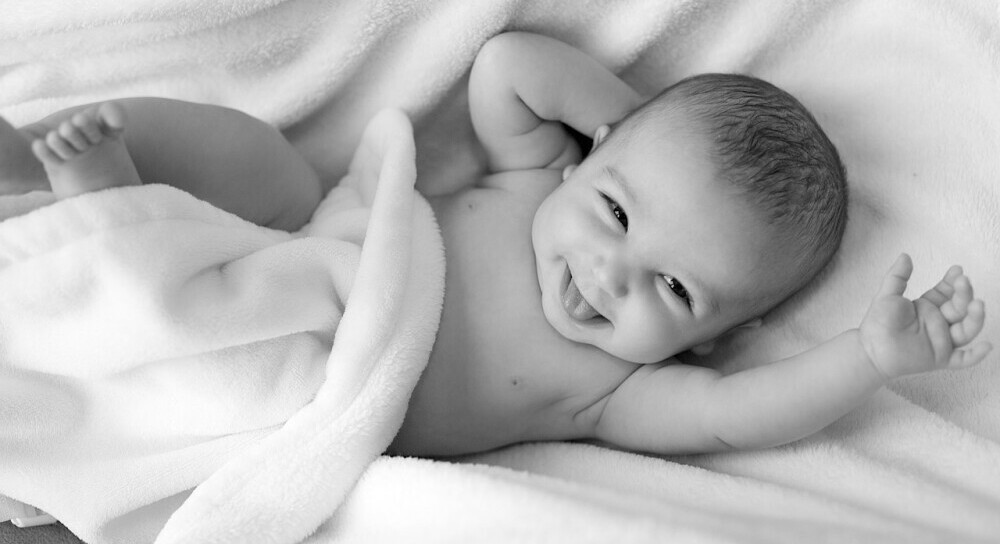Introduction
The first year of a baby’s life is marked by incredible growth and development. From their first smile to their initial steps, each month brings new skills and milestones. Understanding these milestones can help parents and caregivers support their baby’s growth and development, while also being aware of any potential concerns. It’s important to remember that every baby develops at their own pace, but knowing what to expect each month can provide valuable guidance.
In this post, we’ll take a detailed look at the typical infant developmental milestones by month for each month during the first year of life. We’ll explore physical, cognitive, and emotional milestones, offering insights into how you can encourage and support your baby’s growth.

Table of Contents
Infant Developmental milestones By Month
Month 1: Adjusting to the World
- Physical Development: Newborns exhibit basic reflexes, such as rooting (turning toward food) and the Moro reflex (startle response). They may briefly lift their heads while on their tummies.
- Cognitive Development: Sensory exploration begins, as babies can focus on objects about 8-12 inches away. They’re especially drawn to faces and will recognize their parents’ voices.
- Social and Emotional Development: Bonding is essential at this stage. Babies respond to being held and seek comfort from caregivers.
Month 2: Strengthening and Smiling
- Physical Development: Babies start to hold their heads up for short periods and can track moving objects with their eyes, signaling early hand-eye coordination.
- Cognitive Development: Increased alertness is common, with babies showing interest in colors and patterns.
- Social and Emotional Development: Around this time, babies smile in response to interactions and make cooing sounds as they start to explore vocal communication.
Month 3: Engaging with the World
- Physical Development: Tummy time becomes more enjoyable as babies strengthen their upper bodies. They begin to grasp objects, though their grip is still reflexive.
- Cognitive Development: Babies start to focus on faces and may begin reaching for toys.
- Social and Emotional Development: Expressive sounds and vocal experimentation continue, marking early stages of communication.
Month 4: Rolling Over and Recognizing Voices
- Physical Development: Many babies roll over from tummy to back, and their movements become more controlled. They can hold their heads steady when supported.
- Cognitive Development: Babies begin recognizing familiar faces and voices, showing preference for parents.
- Social and Emotional Development: Laughter emerges as babies respond to social play and interactions.
Month 5: Exploring the Environment
- Physical Development: Babies sit with support and are more adept at reaching for objects, often bringing them to their mouths to explore.
- Cognitive Development: Babies begin to explore their surroundings, showing curiosity about different textures and shapes.
- Social and Emotional Development: Increased interaction is noticeable, as babies respond to games like peek-a-boo with smiles and laughter.
Month 6: Sitting Independently and Babbling
- Physical Development: Many babies sit without support by six months, though they may still topple over. Teething often begins, leading to chewing behaviors.
- Cognitive Development: Babbling starts, with sounds like “ba-ba” or “da-da.” Babies also develop object permanence, understanding that objects exist even when out of sight.
- Social and Emotional Development: Stranger anxiety may appear as babies start to differentiate between familiar and unfamiliar faces.
Month 7: Increased Mobility
- Physical Development: Some babies start crawling or use other forms of movement like scooting. They may also begin standing with support from furniture.
- Cognitive Development: Babies develop an understanding of cause and effect by playing with toys that respond to their touch.
- Social and Emotional Development: Attachment deepens, and babies may become clingy when separated from their caregivers.
Month 8: Learning Through Play
- Physical Development: Hand-eye coordination continues to improve as babies pass objects between their hands and may start cruising (walking while holding onto furniture).
- Cognitive Development: Babies imitate sounds and actions, a key milestone in language learning.
- Social and Emotional Development: Babies start expressing preferences for toys, foods, and people, reflecting their growing personality.
Month 9: Becoming More Independent
- Physical Development: Increased mobility is common, with many babies crawling confidently and pulling themselves up to stand.
- Cognitive Development: Babies begin understanding simple commands like “no” and explore their environment with more purpose.
- Social and Emotional Development: Babies initiate more social interactions and engage in simple games with caregivers.
Month 10: Early Language Development
- Physical Development: Some babies start walking with assistance, and their fine motor skills allow for activities like stacking blocks or using a pincer grasp.
- Cognitive Development: Babies recognize and respond to more words, even if they aren’t yet speaking clearly.
- Social and Emotional Development: Babies enjoy interactive games like “pat-a-cake” and mimic the sounds and actions of others.
Month 11: Growing Independence
- Physical Development: Some babies stand alone and may take a few independent steps. They may also start climbing stairs or furniture.
- Cognitive Development: Babies solve simple problems, such as opening containers, and their language comprehension grows.
- Social and Emotional Development: Babies clearly express preferences, displaying a growing sense of self and independence.
Month 12: Celebrating the First Year
- Physical Development: By their first birthday, many babies are walking confidently. Their fine motor skills are well-developed, allowing for precise manipulation of small objects.
- Cognitive Development: Babies can follow simple instructions and understand basic concepts and words.
- Social and Emotional Development: They express a wide range of emotions, from joy to frustration, and continue developing social skills.
Final Thoughts
Tracking your baby’s developmental milestones by month can be exciting and reassuring. However, remember that all babies grow at their own pace, and variations are normal. Being informed about typical milestones allows you to provide appropriate support and seek guidance if concerns arise. Celebrate each step in your baby’s unique journey as they learn and grow.
Understanding these developmental milestones helps parents and caregivers track their baby’s growth and development. While each baby is unique and may reach these milestones at their own pace, being informed about these typical patterns can support a child’s healthy development and ensure they receive the appropriate care and encouragement as they grow.
Additional Resources
If you haven’t already, be sure to check out our YouTube Channel for other great content. While you’re at it, we have some must reads here at New-Parents, such as, Best Christmas Gifts For Newborns In 2024 or When Should I Take My Baby To The Dentist?.
Citations
- American Academy of Pediatrics. (2019). Caring for Your Baby and Young Child: Birth to Age 5. Bantam Books. ISBN: 978-0553391826.
- Centers for Disease Control and Prevention (CDC). (2021). Developmental Milestones. Retrieved from CDC.
- Papalia, D. E., Olds, S. W., & Feldman, R. D. (2008). Development Across the Life Span. McGraw-Hill Education. ISBN: 978-0073370214.
- Smith, P. K., & Pellegrini, A. D. (2008). The Nature of Play: Great Apes and Humans. Guilford Press. ISBN: 978-1606230325.
